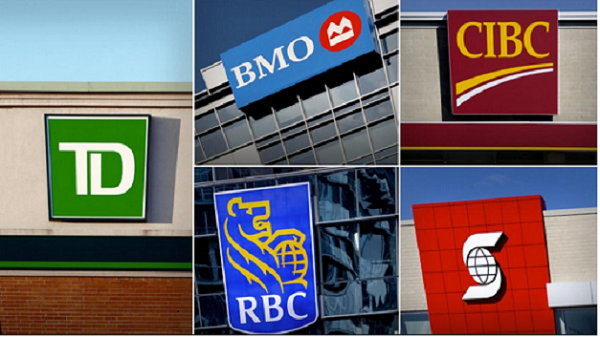Household debt risk is stable while Canada holds bank capital levels firmly
Canada’s financial regulator left capital requirements unchanged for the country’s largest banks, signaling that officials believe their balance sheets are strong enough to withstand economic turbulence.
The Office of the Superintendent of Financial Institutions left the domestic stability buffer at 3.5 per cent in its semi-annual review, the second consecutive hold. It had increased it in December 2022 and June 2023.
The stability buffer is like a rainy-day fund that aims to protect the financial system by ensuring banks can absorb losses in a downturn. The regulator has raised it in stages since 2021 as the economy recovered from the Covid-19 shock and the labor market healed. OSFI had lowered it in the early days of the pandemic to free up capital for lending.
The decision means Canada’s banks are required to have Common Equity Tier 1 capital of at least 11.5 per cent of risk-weighted assets. All six large banks already exceed that ratio.
“Future mortgage renewals at higher interest rates remain a concern, while commercial real estate lending and geopolitical conflicts continue to contribute to economic uncertainty,” OSFI said.
Holding the buffer at its current level “reflects OSFI’s assessment that vulnerabilities, such as high household debt, remain elevated but stable, while near-term risks continue to be low despite some recent increase,” the regulator said on its website Tuesday.
Financial stress has been rising for consumers and companies in Canada because of higher interest rates — business bankruptcies have surged lately. As a result, major lenders have been setting aside larger provisions for credit losses.
But rate relief has begun: the Bank of Canada cut its policy interest rate this month for the first time since 2020, and it’s forecasting a soft landing for the economy. Most economists surveyed by Bloomberg see inflation returning to the central bank’s two per cent target in the second half of this year or the first half of 2025.
Falling rates, although constructive, aren’t a game changer in terms of overall stability of Canada’s financial system, Superintendent Peter Routledge said in press briefing. “I would say there’s no evidence on the horizon that vulnerabilities are less, they’re holding stable.”
This article was first reported by BBN Bloomberg











